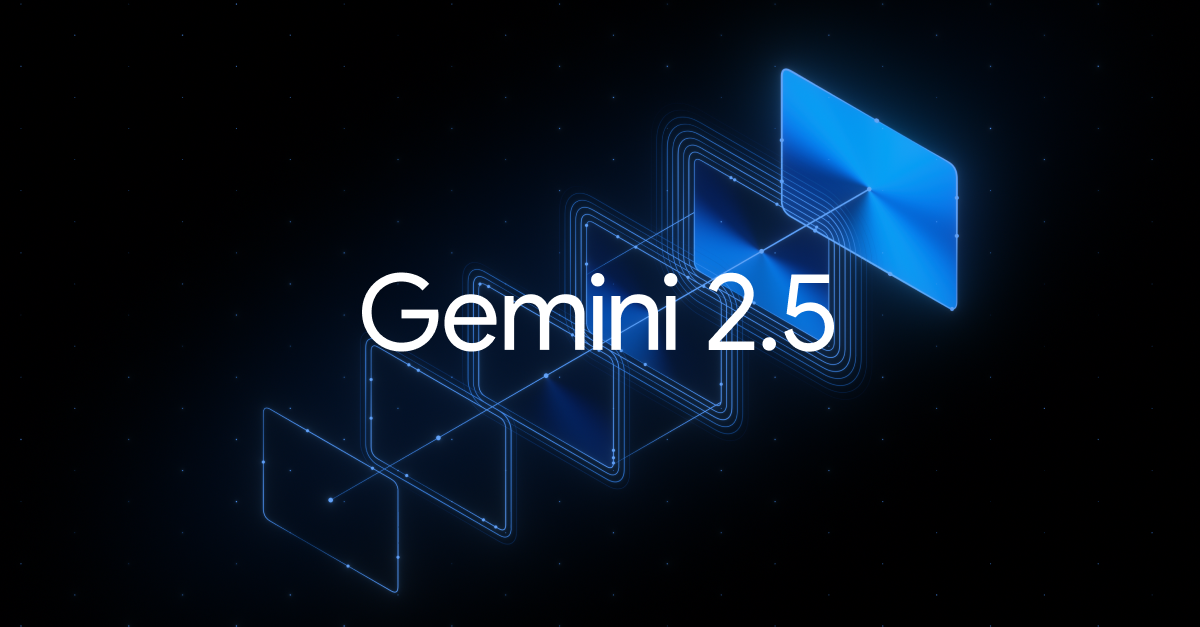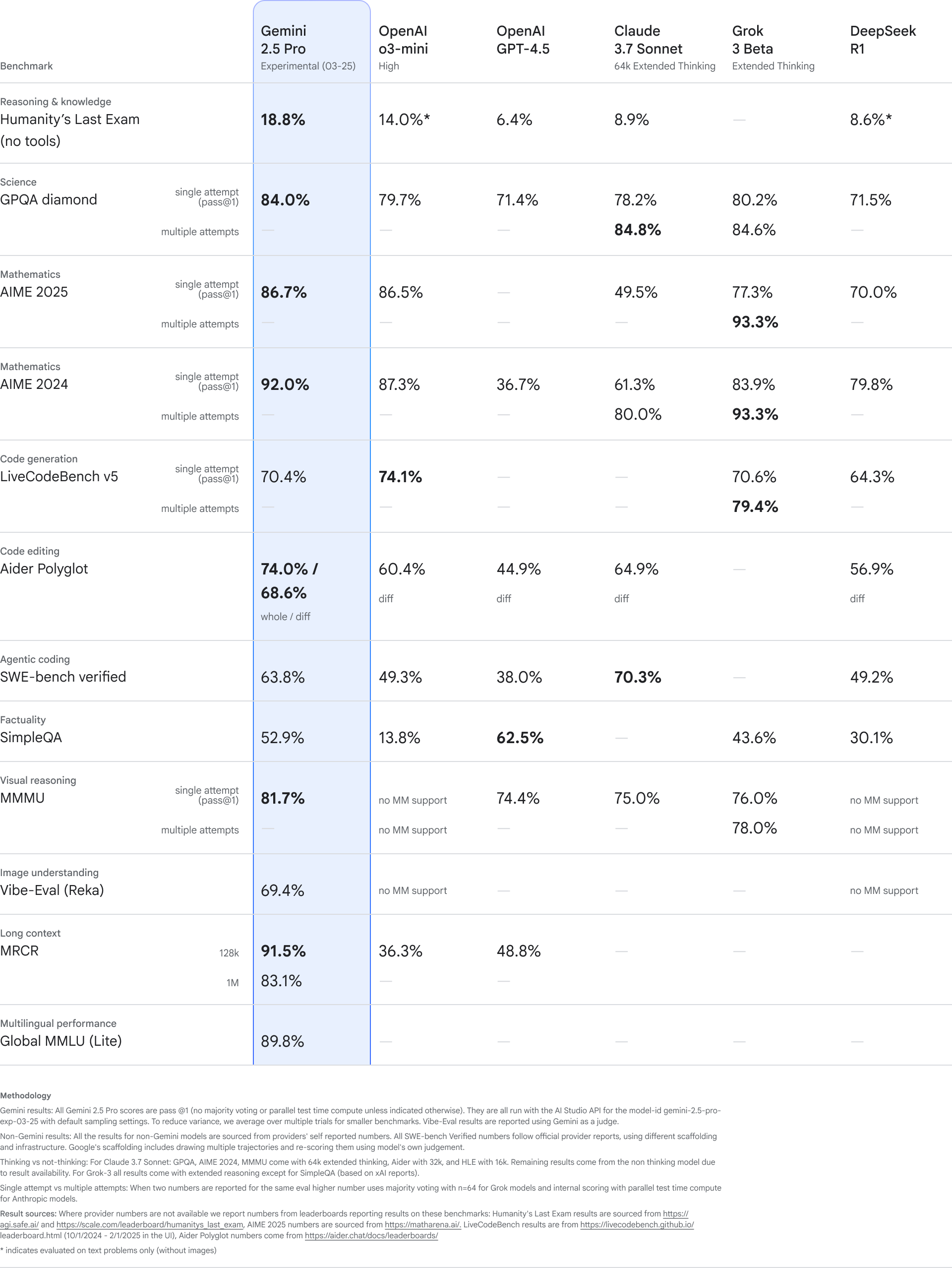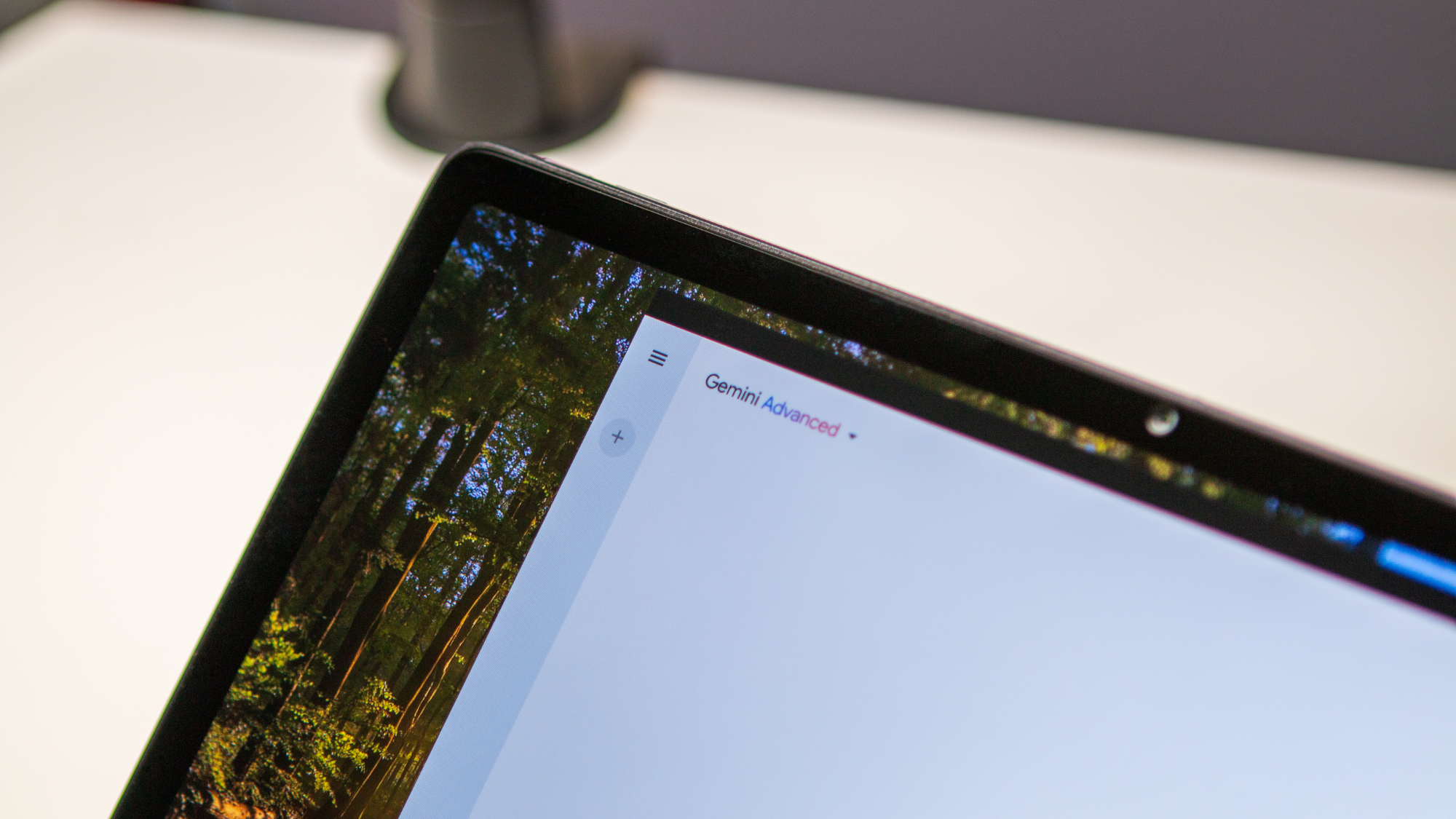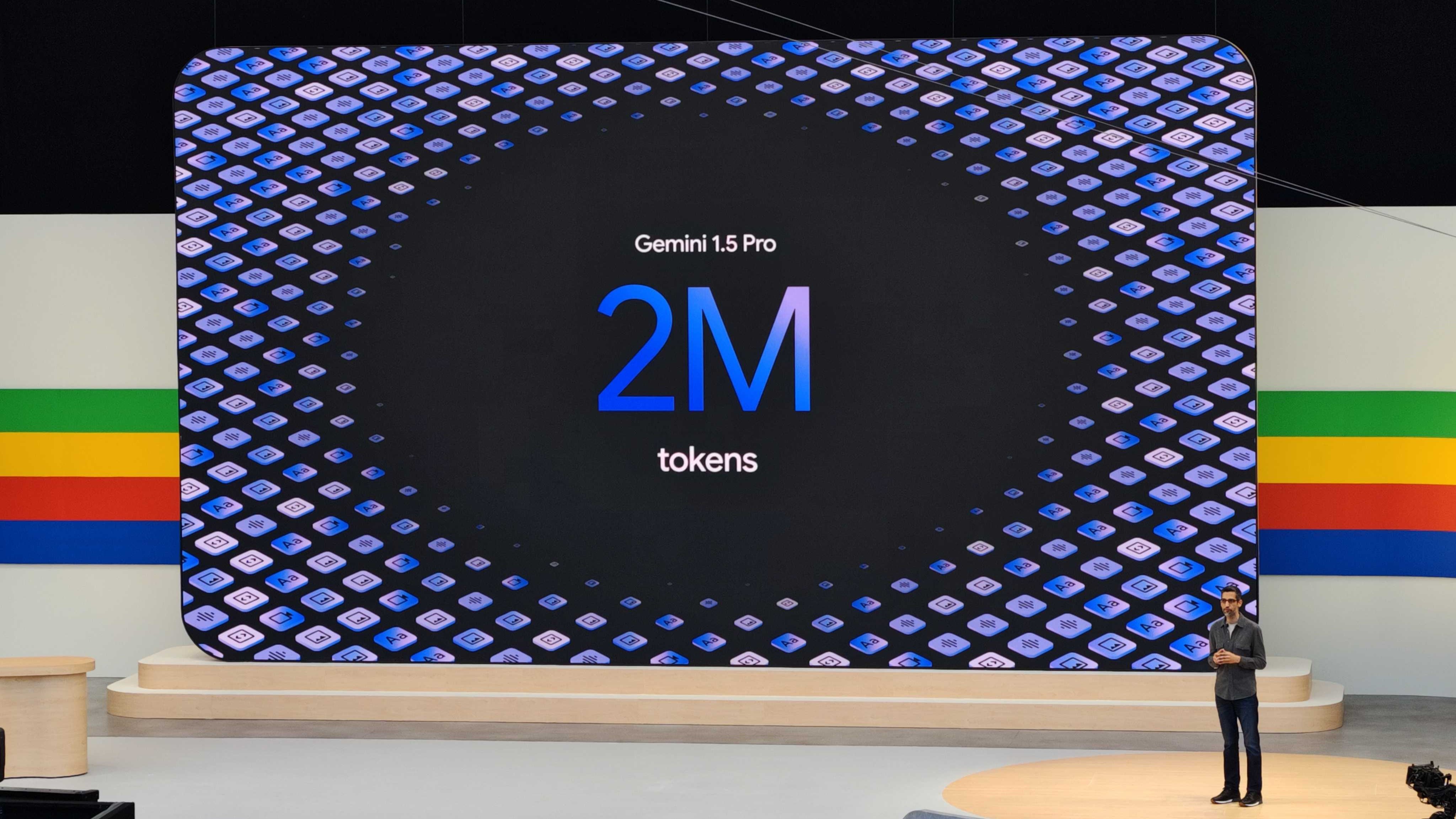It’s no secret that OpenAI got the jump on, well, everyone when it released ChatGPT over two years ago. Now, as companies like Google and Apple try to compete, they’re starting way behind OpenAI, at least in the eyes of the public. Just how big of a head start does OpenAI have? As of March 2025, ChatGPT has 700 million monthly active users, which is a staggering total.
That doesn’t mean Google is powerless in the fight against OpenAI for the bulk of consumer-grade AI market share. In the years since ChatGPT was released, Google ramped up AI development first through Bard, later renamed Gemini. While OpenAI’s plan to monetize ChatGPT involved making a bunch of early features free and locking advanced ones behind a paywall, Google is doing the opposite.
With Gemini, Google is almost exclusively developing new features for its paid Gemini Advanced tier, but that doesn’t tell the whole story. Those features start out exclusive to the Google One AI Premium plan, which costs $20 per month, but they don’t stay there for long. In the case of the company’s latest Gemini 2.5 Pro experimental model, it only remained a Gemini Advanced perk for a mere four days before going free.
So, what does this tell us about Google’s AI strategy, and is it even worth paying for Gemini Advanced anymore?
Why Gemini 2.5 Pro (Exp) is already available for free users

ChatGPT has a massive brand advantage over Gemini, to the point that some casual users refer to AI as a whole as just “ChatGPT.” However, Google has had the technological edge over OpenAI’s large language models (LLMs) for some time now. It’s releasing new models at a steady bi-annual pace — sometimes quicker — and Google’s latest Gemini 2.5 Pro experimental model is the highest-scoring in multiple AI benchmarks.
LMArena, a multifaceted AI benchmark, has Gemini 2.5 Pro ranking first on its leaderboard — ahead of Grok 3, GPT-4.5, and DeepSeek R1. Google called it the company’s “most intelligent AI model” in its announcement of Gemini 2.5 Pro last week, and independent tests appear to back up those claims.

That leads us to why Google decided to make Gemini 2.5 Pro experimental free on March 29, just four days after it debuted on March 25. To truly take on ChatGPT, Google can’t just convince new users to regularly use Gemini. It also has to try and entice current ChatGPT users to switch to Gemini, and the best way to do that isn’t to limit the free tier to outdated models — it’s to get the absolute best Gemini models in the hands of the most people.
Although some Gemini Advanced users may have been caught off guard by the short exclusivity period, Google confirmed this is exactly why it made Gemini 2.5 Pro experimental free in a social media post.
“The team is sprinting, TPUs are running hot, and we want to get our most intelligent model into more people’s hands asap,” the company wrote in a post on X (formerly Twitter) on the Gemini app account. “Which is why we decided to roll out Gemini 2.5 Pro (experimental) to all Gemini users, beginning today.”
Gemini 2.5 Pro is taking off 🚀🚀🚀
The team is sprinting, TPUs are running hot, and we want to get our most intelligent model into more people’s hands asap.
Which is why we decided to roll out Gemini 2.5 Pro (experimental) to all Gemini users, beginning today.
Try it at no… https://t.co/eqCJwwVhXJMarch 29, 2025
Google’s move regarding Gemini 2.5 Pro experimental might seem like a one-off, until you look at past examples of Gemini Advanced features going free. In recent months, numerous paid features have made their way to free users, including Gems — custom versions of Gemini catered to specific tasks. As of March 2025, free users can create their own custom Gemini bots or use pre-made Gems.
This example is quite important, since it directly challenges OpenAI’s custom GPTs. Custom GPTs work similarly to Gemini Gems, as they are custom chatbots designed to suit a specific need. However, free ChatGPT users can only try out existing custom GPTs — they can’t create their own. Meanwhile, we know that Google is offering similar functionality completely free with Gemini.
The list of paid Gemini Advanced features made available to free users includes document upload and analysis, image generation of people, Deep Research, and Saved info. Once again, it’s worth noting that ChatGPT’s version of Deep Research isn’t free, potentially making the Gemini equivalent a more appealing option.
Why Gemini Advanced still makes sense for power users

Google’s strategy regarding Gemini is clear: the company wants to deliver more free features than its competitors, all while embedding AI into its existing services — like Google Search, Android, Workspace, and YouTube — to gain a competitive edge. But where does that leave Gemini Advanced subscribers?
Surprisingly, there are still plenty of reasons to subscribe to Google One AI Premium for Gemini Advanced access. For starters, Advanced users won’t hit rate limits as early as free users. Even if the same models are available to free and paid accounts, Gemini Advanced users will get higher token counts for a larger context window.
With Gemini 2.5 Pro experimental, paying customers get a one-million-token context window that will expand to two million in the future.

That’s in addition to all the other Gemini Advanced features that are still exclusive to the subscription, like NotebookLM — one of the most powerful AI note-taking and research tools available. The same goes for Gemini Live with screen sharing and live video streaming, which is rolling out to supported Android devices now.
Google’s shocking move of making Gemini 2.5 Pro experimental free just days after its release underscores how important Gemini’s unpaid tier is to the company’s AI strategy. Somehow, it doesn’t come at the expense of Gemini Advanced, either.